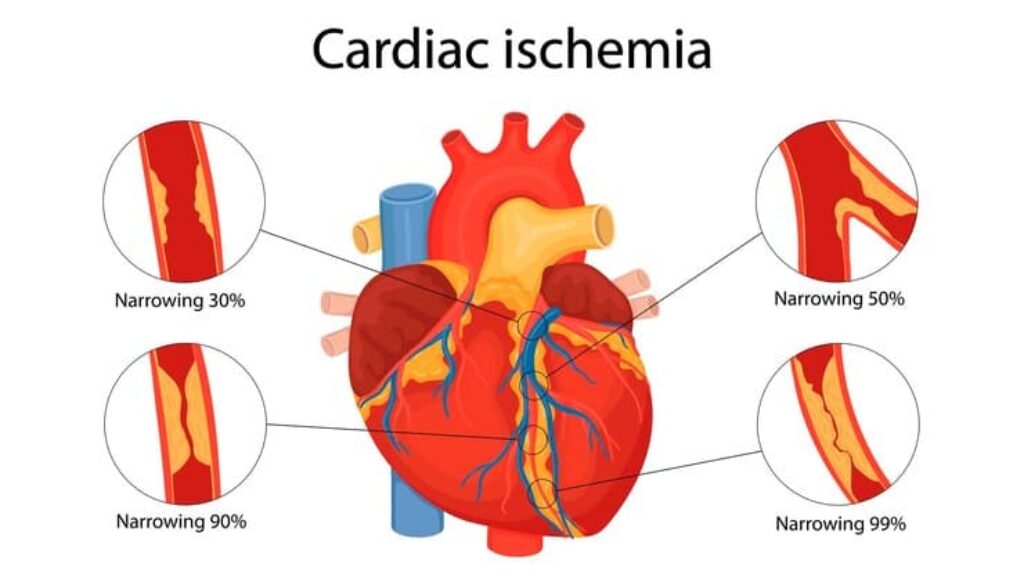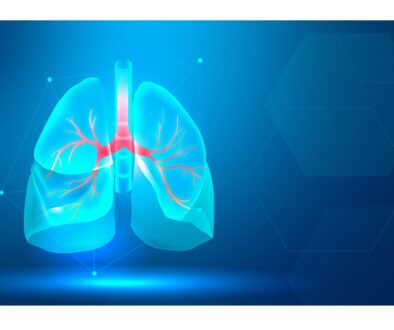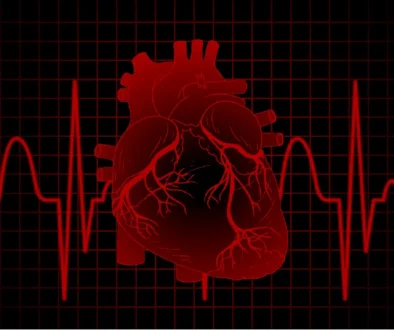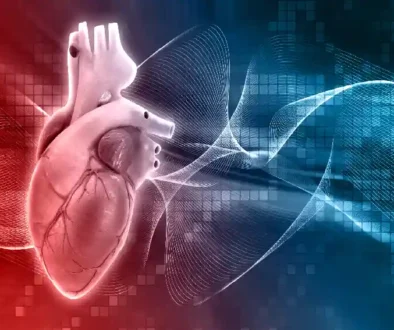Angina: Symptoms, Causes and Types
Angina Symptoms causes: Angina is a type of chest pain caused by a lack of blood flow to a portion of your heart. With strain or squeezing in your chest, it can seem like you’re having a heart attack. It’s also known as ischemic chest pain or angina pectoris. It occurs when something plugs your arteries or there isn’t sufficient blood flow in the arteries that supply oxygen-rich blood to your heart, and it’s a sign of heart disease.
Even though angina is very prevalent, it can be difficult to differentiate it from other kinds of chest pain, such as indigestion trouble. If you’re experiencing inexplicable chest pain, consult a cardiologist immediately to rule out any underlying heart disease.
Angina Symptoms Causes
Chest pain and suffering, which may be described as pressure, squeezing, scorching, or fullness, are common angina symptoms. Arms, neck, jaw, shoulder, and back pain are all possibilities. You may also experience the following symptoms if you have angina:
- Dizziness
- Fatigue
- Nausea
- Breathing problems
- Sweating
Types of Anginas
1. Stable Angina
- When your heart works more than usual – for instance when you work out or climb stairs, this condition develops.
- It’s usually predictable, and the discomfort is usually similar to other sorts of chest pain you have experienced in the past.
- It just lasts a few minutes, maybe 5 minutes.
- If you rest, it will go away sooner.
2. Unstable Angina
- It happens even while you’re not doing anything.
- Is a difference in your regular angina pattern
- Is more intense and lasts much longer than stable angina, sometimes 30 minutes or more, and may not go away with rest or angina treatment.
- It could be an indication of a heart attack.
Variant Angina
- This usually happens when you are resting
- It is a rare condition that occurs due to spasms in the heart’s arteries. It is frequently severe.
- Angina medicine may help alleviate pain.
Angina Symptoms Causes
Heart disease is the most common reason for angina. Plaque, a fatty substance that forms in your arteries, blocks blood flow to your heart muscles. Your heart is forced to operate with less oxygen as a result of this. This is infuriating. You could potentially develop blood clots in your heart’s arteries, which may lead to heart attacks.
The following are some of the less prevalent reasons for chest pain:
- An obstruction in one of your lungs’ main arteries (pulmonary embolism)
- A valve in the major section of your heart narrows (aortic stenosis)
- Tearing in the wall of your aorta, the body’s biggest artery (aortic dissection)
- A thicker or oversized heart (hypertrophic cardiomyopathy)
- The sac around your heart is swollen (pericarditis)
Diagnosis
- EKG – This test monitors the electrical activity and pace of your heart.
- Stress test – This monitors your heart’s activity when you work out.
- Blood test – Troponins are proteins that your doctor will look for. When your heart muscle is harmed, such as during a heart attack, a large number of them are produced. More broad tests, such as a metabolic panel or a complete blood count, may be ordered by your doctor (CBC).
- Imaging tests – Other problems that could be affecting your chest pain, such as lung disorders, can be ruled out using chest X-rays. Echocardiograms, CT scans, and MRI scans can all produce images of your heart that can aid your doctor in detecting abnormalities.
- Catheterization of the heart – To monitor your blood pressure and flow, your doctor will insert a long, small tube into an artery in your leg and thread it up to your heart.
- Angiography of the coronary arteries – A dye is injected into the blood arteries of your heart by your doctor. On an X-ray, the dye creates the image of your blood vessels. This procedure may be performed during cardiac catheterization.
Angina Symptoms Causes in females
The signs of angina in women can differ from the symptoms of angina in males. These distinctions may result in a delay in obtaining therapy. For instance, while chest discomfort is a typical symptom among females with angina, it isn’t always the sole or most frequent symptom. Symptoms that women may experience include:
- Nausea
- Breathing problems
- Pain in the abdomen
- Pain in the neck, jaw, or back
- Rather than chest pressure, there is a stabbing ache.
Treatment
The level of your angina, whether it has suddenly become more intense, how much it affects your life, and your aspirations and goals all influence how you are treated. Angina can sometimes be relieved by changing one’s lifestyle, but most people require one or more drugs to relieve or avoid angina. A procedure to unblock or bypass clogged coronary arteries is required for some persons.
Bottom line
Angina makes you more likely to have a Heart Attack. It is, however, curable. Take it as a danger sign and make healthy decisions. Talk to your cardiologist regarding what should you do when you have it. This will help you in learning how to cope and feel better when you have it and when to seek emergency medical care. This will also help you in the diagnosis of angina symptoms.




